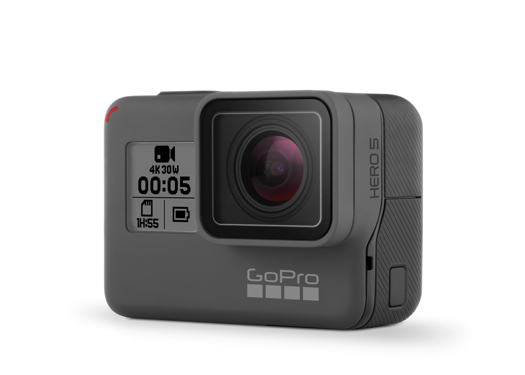
About a year ago I gave in to my materialistic desires and bought a GoPro Black. It is NOT the cheapest action cam on the market but I kept thinking that if this thing was to record my memories then I wanted them the best they possibly could be. This is one of those purchases that I immediately had buyers remorse for since it is an action cam and those that know me will also know I don’t lead the most action packed life in the world. Nothing has made this more obvious to me than ending up 10 months later and the only things I had used it for was taking fisheye photos of my back garden and filming my feet accidentally.
This all changed recently when I went on a trip to Egypt. This was a highly action-packed trip involving looking at large triangular piles of rocks, giant statues without noses, more giant statues with noses, temples, and desert. Needless to say, I needed a video camera with a high frame rate so I didn’t get motion blur that would allow me to look back on these memories and remember how static everything was.
If there was ever a time for a £400 paperweight then it was now.
I bought an extra sd-card so as not to run out of storage since I wasn’t going to take my laptop and would need all the extra space for all the 4K video that was sure to be necessary. This meant that I also wouldn’t be viewing any of the footage that I had taken until I was back in the UK.
Long story short is I am a bad cinematographer and would make a horrible surgeon. All my wonderful footage of stationary carved rocks was a lot more action-packed than expected. Not only does my 10-year-old Thinkpad grind to a halt when watching 4K video but the video was so shaky that it was completely unwatchable even on my latest work XPS13.
I went looking to see if other GoPro users experience this shakiness and found that it is popular enough for them to have written something into their desktop application to fix it. This is when I discovered that GoPro doesn’t support Linux in any way shape or form but they do take a lot of open-source software to create the firmware on their little paperweights.
Luckily where there is a will there is usually an open-source way and for this there was the well-known project FFmpeg with a plugin called VidStab
Credit for this tip was https://video.stackexchange.com/a/19125 which got me up and running in no time. The version of `FFmpeg on Fedora already has this plugin so I got underway. My first video result was so much better than the original I could watch it on my Thinkpad. I eventually ended up with the following script and am currently running about 40GB of video files through it so that I can watch them.
This will probably evolve with time but it is enough to get me started ony my cinematography career.
More information on video stabilization with ffmpeg is available at: